
 Offers
Offers-
 Account
Account
-
0
 Favorite
Favorite
-
0
 Basket
Basket



The British Contact Lens Association (BCLA) defines astigmatism as a ‘focusing disorder of the eye that distorts vision’. If not corrected in time, the quality of vision will get worse.
Astigmatism is one of the most common refractive errors that affect vision. It is an eye condition caused by an irregular curvature of the cornea, lens, or both. Alongside myopia and presbyopia, it is one of the most common types of refractive errors.
According to the Moorfield Eye Hospital, “People with astigmatism will usually also be short or long sighted”.
Tina Patel, Contact Lens Optician at Feel Good Contacts’ explains astigmatism as…
Astigmatism can also be described as regular or irregular.
Astigmatism is caused by an irregular curve on the eye's front surface (cornea). A ‘normal/ spherical’ eye is round, like a football, whilst an eye with astigmatism has two different curves, similar to a rugby ball.
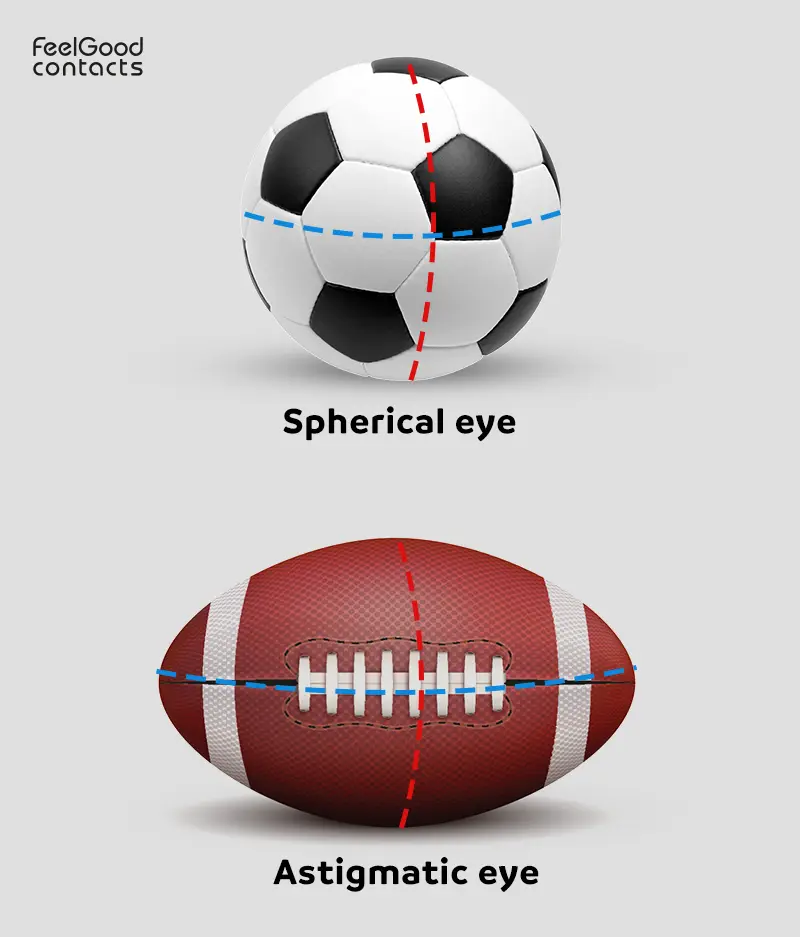

But first, it’s important to understand how the eye works:
If you have astigmatism, the irregularity in the curve changes the way that light refracts onto your retina, resulting in blurry vision at all distances.
The light that enters an astigmatic eye doesn’t focus on the retina, resulting in blurred vision.
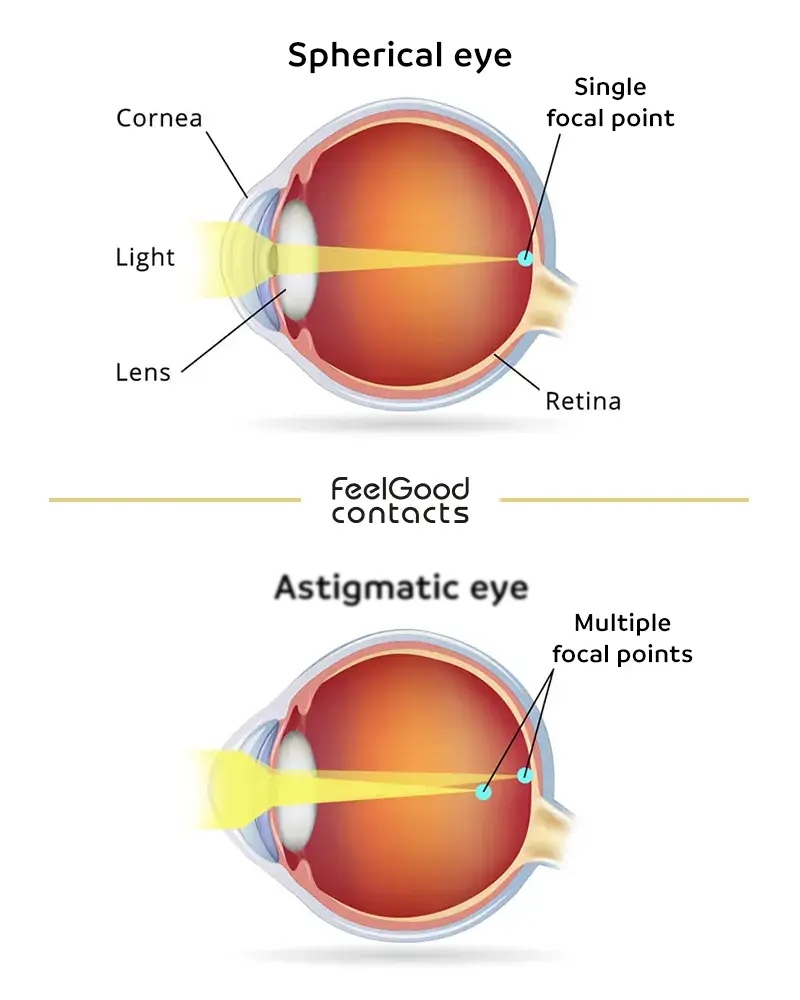

This condition can affect anyone, at any point of the life. Some people are born with it, while others might develop it later.
You could be at risk of developing this condition if:
Symptoms of astigmatism depend on the severity of the condition. Some of the symptoms are listed below:
An optometrist will be able to diagnose astigmatism through an eye examination. The eye test may include:
Visual acuity test: This includes reading letters (or symbols sometimes) off a wall chart at a measured distance.
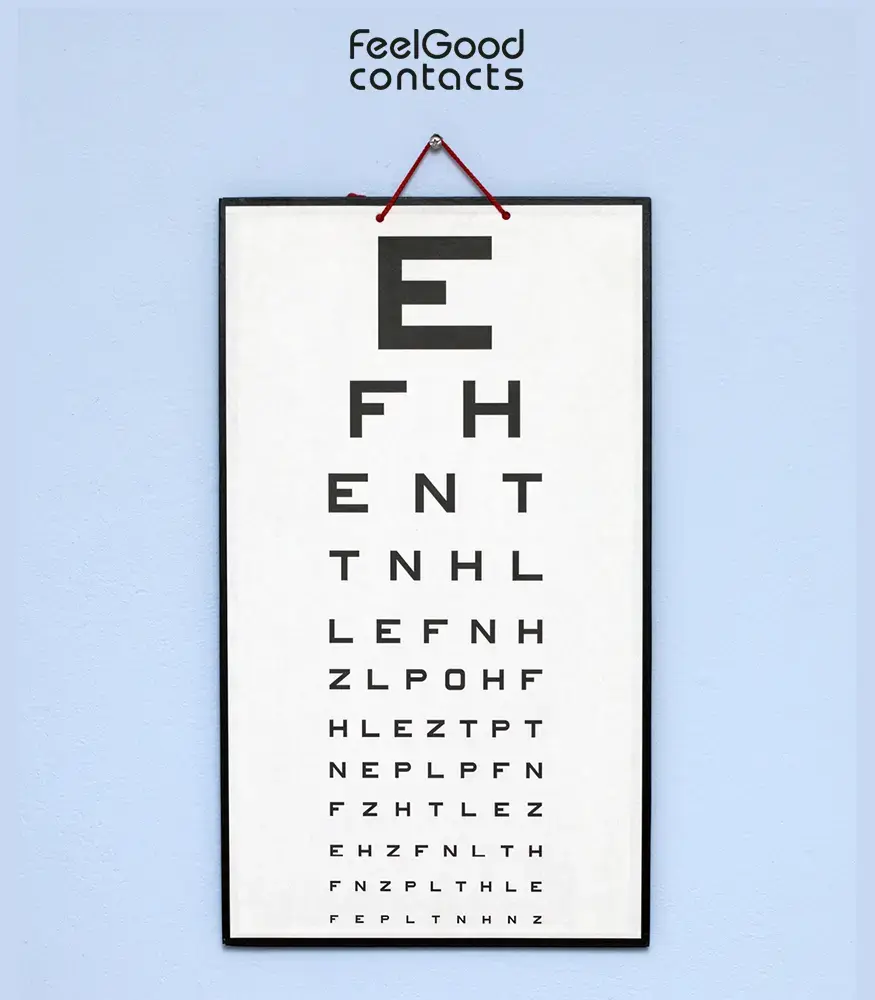

Phoropter: This is a binocular-like device where you must look through and confirm which letters you can see. This test helps your optician to the work out the prescription.
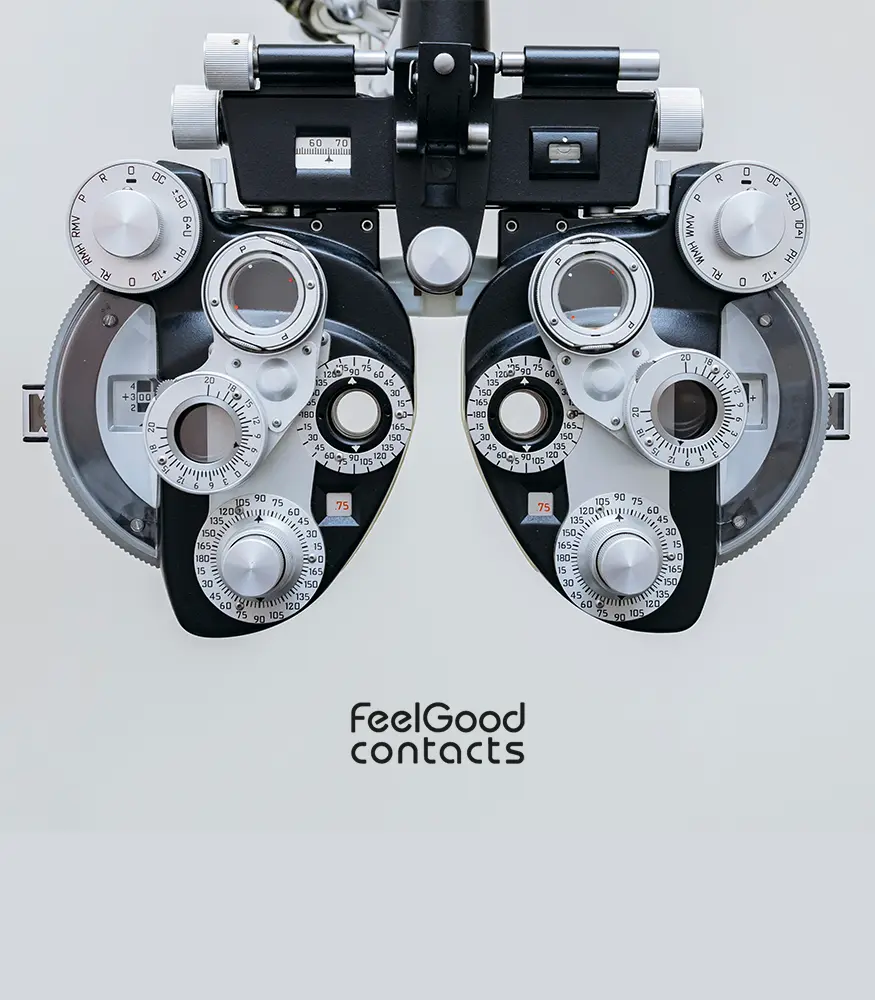

Autorefractor: This device provides an initial reading of your prescription and can help measure your astigmatism and other refractive errors.
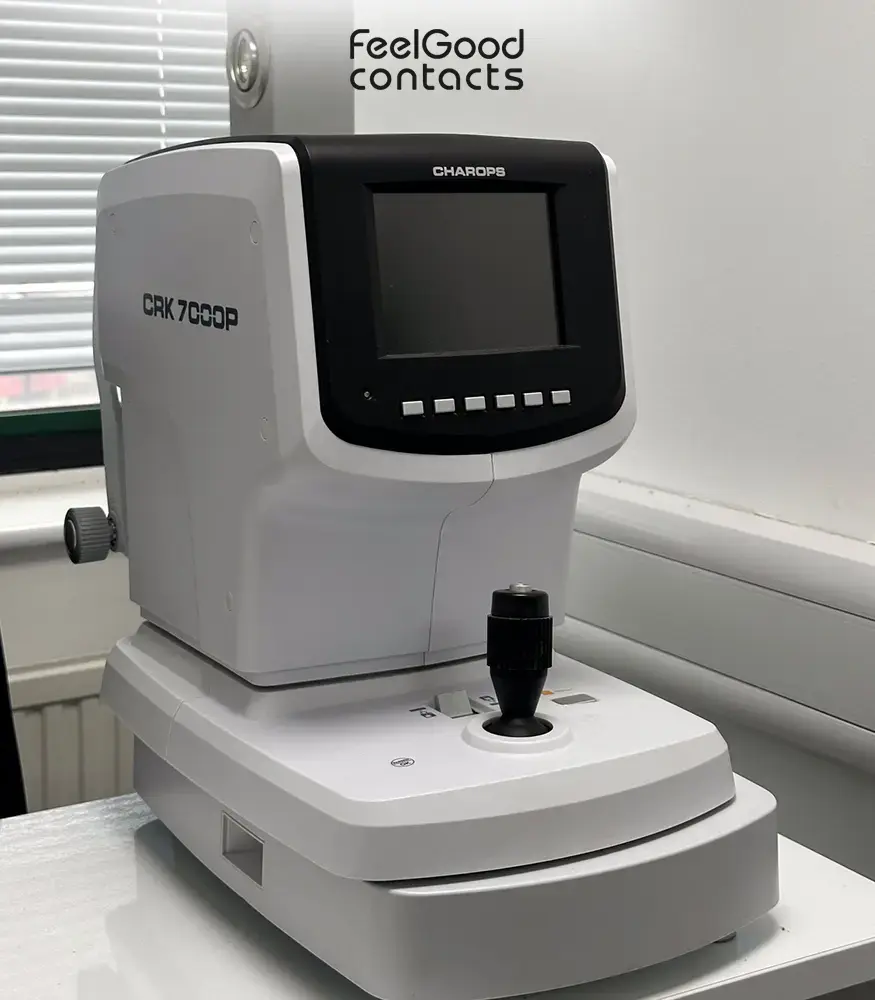
Source: Baytex Opticians

Source: Baytex Opticians
Keratometer: This device measures the curvature of your cornea, which is essential for the correct fitting contact lens.
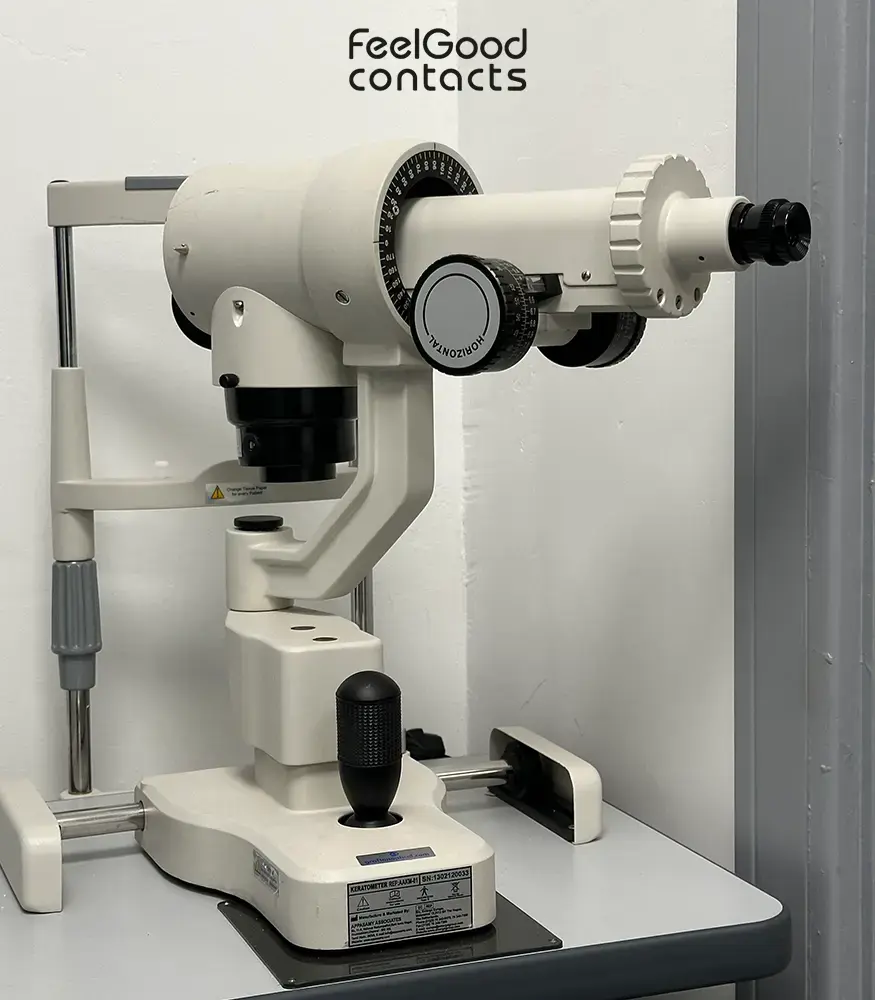
Source: Baytex Opticians

Source: Baytex Opticians
The only form of astigmatism treatment is refractive surgery. However, there are other options that can correct your vision. The most common way to correct astigmatism is by wearing corrective contact lenses or prescription glasses. However, depending on how severe your astigmatism is, there are a range of management options available.
Contact lenses are an effective way to manage this condition. Your optician will recommend toric lenses that are specifically designed to correct astigmatism.
Glasses are another effective way to correct astigmatism. Your optometrist may recommend a single-vision, bifocal or progressive glasses.
Undergoing surgery to correct astigmatism will mostly eliminate the need to wear contact lenses or glasses. However, your doctor will evaluate whether this is a suitable option for you. There are different types of refractive surgery for astigmatism:
Please note: Before opting for any visual correction, its important to consult your optician who will be able to recommend a suitable treatment based on the severity of your condition.
Please note that all our contact lenses at Feel Good Contacts are sourced directly from authentic manufacturers, promising you the quality and passing on the savings to you!
Want to see how people with astigmatism would see the world? Try our Vision Simulator tool.
The term ‘bad level’ of astigmatism is subjective and depends on the severity of this condition. Astigmatism is typically measured in ‘dioptres’ and can be categorised as follows:
It is unlikely for astigmatism to get fixed naturally. However it is a good practice to follow eye exercises which could help to keep your eyes healthy.
Yes, you can be short-sighted and have astigmatism at the same time. If you’re unsure, you should get your eyes tested. Your optician will be able to give you an up-to-date prescription and recommend contact lenses and glasses accordingly. Read our article to know more.
Sources:
https://my.clevelandclinic.org/health/diseases/8576-astigmatism
https://www.healthline.com/health/astigmatism
https://www.nhs.uk/conditions/astigmatism/
https://www.moorfields.nhs.uk/condition/astigmatism
https://www.bcla.org.uk/Public/Public/Consumer/Astigmatism_and_contact_lenses.aspx
https://www.mayoclinic.org/diseases-conditions/astigmatism/symptoms-causes/syc-20353835
https://www.aao.org/eye-health/diseases/what-is-astigmatism